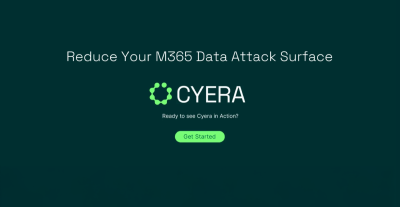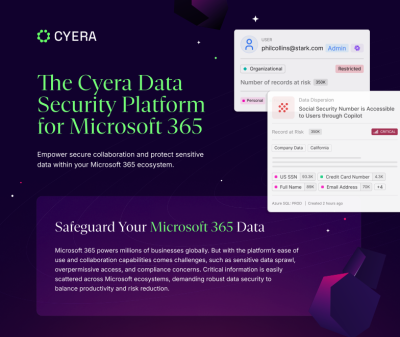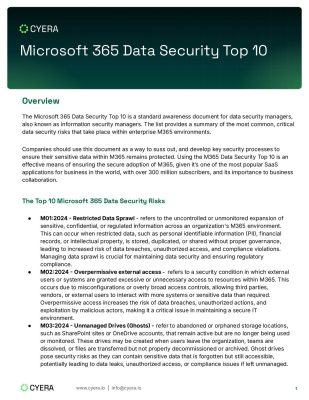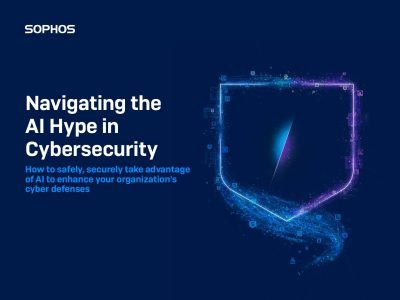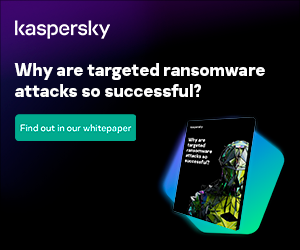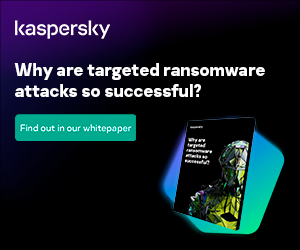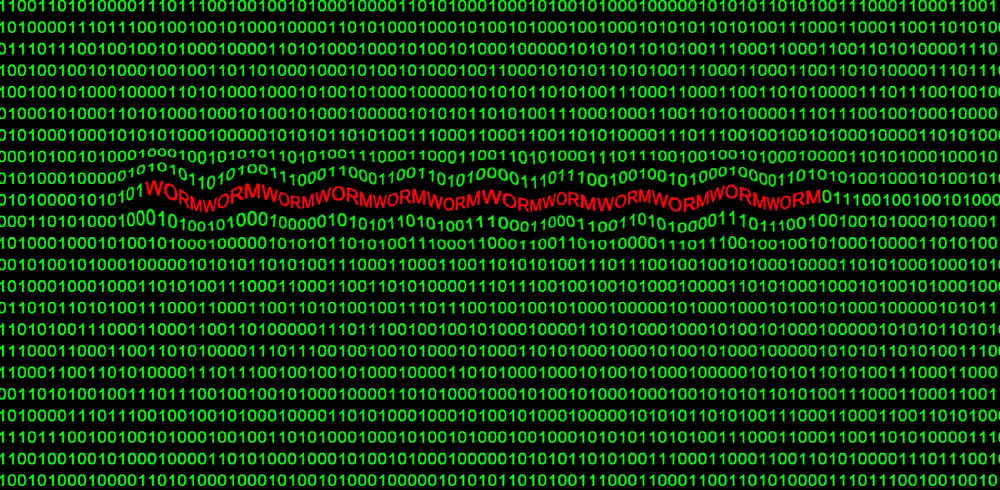Highlights:
- Instant Messenger (IM) worms adopt the guise of attachments and links within social media platforms, often luring victims with enticing content to click on the provided URL.
- Endpoint protection solutions are a great way to defend against computer worms.
When the term ‘worm’ comes to mind, it might conjure images of delectable, sugary, chewy candies or the invertebrate creatures that meander across the Earth’s surface. However, in computing, the concept of ‘worms’ often leads us to malware.
Computer worms lack a proverbial backbone like their biological counterparts, as they often depend on deception to infiltrate their hosts. Their operations can also be seen as ruthlessly destructive. Let’s delve into the world of these worms and explore their different types to understand why they threaten every computer.
Why Are Worms Dangerous, and What Are the Different Types of Computer Worms?
A computer worm is a pernicious program replicating itself while proliferating across networks, presenting a substantial threat to businesses. These worms are troublesome because they can unleash a spectrum of attacks, from system crashes via self-replication to downloading malicious applications and providing surreptitious access to hackers.
Mitigating worm infestations is a formidable challenge. Their swift, automatic dissemination necessitates extensive time and resources to eradicate them, resulting in a protracted recovery process. In data storage environments, it can take months to achieve complete cleanup. Even in cases where worms lack a malicious payload, they impose a significant burden on IT managers, requiring valuable resources for efficient incident response management.
There are several types of malicious computer worms, which include:
-
Email worms
True to its name, an email worm disseminates via email. Referred to as a mass-mailer worm, it replicates by sending copies of itself as email attachments or links to infected files hosted on compromised or hacker-controlled websites.
-
File-sharing worms
Disguised as harmless media files, file-sharing worms deceive users into downloading them, potentially leading to data theft, which adversaries could exploit or exchange with other malicious actors.
-
IM worms
Instant Messenger (IM) worms adopt the guise of attachments and links within social media platforms, often luring victims with enticing content to click on the provided URL. The IM worm can rapidly propagate through an instant messaging network upon activation.
-
Cryptoworms
A crypto worm is an attack that encrypts data on the victim’s system and then demands a ransom payment to regain access to the data.
-
IRC worms
An Internet Relay Chat (IRC) worm is a malicious program that exploits IRC channels to infect chat rooms and message forums by sending infected messages.
-
P2P worms
P2P worms leverage the functionalities of P2P networks to distribute copies of themselves to unwitting P2P users, facilitating their propagation within the network.
Having delved into why worms pose significant dangers and explored the various types of computer worms, we must shift our focus toward understanding the distinctions between worms and viruses.
What are the Differences Between Worms and Viruses?
As outlined in the “Security of the Internet” report from 1996 by the CERT Division of Carnegie Mellon University’s Software Engineering Institute, worm malware are “self-replicating programs that spread with no human intervention after they are started.”
Conversely, the report pointed out that computer viruses are “self-replicating programs, but usually require some action on the part of the user to spread inadvertently to other programs or systems.”
Now that we’ve outlined the key differences between computer worms and viruses, it’s time to explore the inner workings of the virus and how it operates on a computer while also examining its propagation methods.
How Does A Worm Virus Work On A Computer and Spread?
Computer worm viruses typically exploit software vulnerabilities to infiltrate a computer. They can also be delivered through email attachments, instant messages, or spam emails. Once a user opens a file, it may lead to a malicious website or automatically download the worm to the user’s device, often without their knowledge.
Once on the device, the worm quietly infects it. Worms can delete and alter files, introduce additional malicious software, or engage in relentless self-replication, which consumes system resources, including bandwidth and storage space. They can also steal sensitive data and create a backdoor for hackers to gain unauthorized access to the computer. Here are the ways the worm works and spreads to more devices:
-
Files sent as email attachments
When a user clicks on a file attached to an email, it triggers the activation of the worm.
-
Via a link to a web or FTP resource
Upon a user clicking a link leading to a web or File Transfer Protocol (FTP) resource, the worm is automatically downloaded to their machine.
-
Via a link sent in an ICQ or IRC message
An I Seek You (ICQ), or IRC message can potentially include a link to a worm. When the user clicks this link, it can result in the installation of the worm on the user’s device.
-
Through network packets
Network packets can penetrate a computer’s memory, triggering the activation of the worm, which subsequently infects the host computer.
-
Via peer-to-peer (P2P) file-sharing networks
When individuals share files on a P2P network, they can inadvertently or deliberately send worms to others. A worm gets installed when the recipient clicks on the file to open it.
As we unravel the mechanisms by which a worm virus infiltrates and spreads through a computer system, our next exploration phase brings us to the crucial topic of identifying the signs of a computer worm infection and implementing effective removal strategies.
What Are The Signs of a Computer Worm Infection and How to Remove Them?
Endpoint protection solutions are a great way to defend against computer worms. Accessing the dashboard and reviewing the latest endpoint protection report is advisable to ensure these security controls effectively thwart worms and other attacks.
However, if an endpoint protection solution happens to miss the detection and blocking of a computer worm, there are certain indicators to be vigilant about:
- Sluggish system performance
- Hidden or missing files and folders
- Unauthorized emails sent to your contacts
- Programs crashing without a warning
- Websites launching or programs running automatically
- Unusual program or browser performance behavior
To safeguard your organization from the rapid spread of computer worm attacks, it’s imperative to establish a comprehensive response plan. Such planning is crucial as it enables your organization to react promptly during a worm or other security incident, effectively reducing the impact and expediting recovery.
For your system recovery, you should:
- Swiftly contain the attack to prevent its spread to other systems or cause additional damage.
- Evaluate the attack’s extent by identifying all systems where the worm has successfully infiltrated.
- Eliminate any remnants of the worm from the environment. This may involve removing malware from all compromised hosts, updating passwords for compromised user accounts, and restoring systems from unaffected backups.
Understanding the best practices and crucial steps in preventing computer worm incidents is the cornerstone of a robust cybersecurity strategy, essential for safeguarding our digital landscapes from potential threats.
What Are the Best Practices and Key Steps in Computer Worm Prevention?
Given the threats worms pose, it’s imperative to implement preventive measures to thwart their impact proactively. Organizations should contemplate the following actions:
- Install endpoint protection software
Utilize modern endpoint protection solutions, preferably Endpoint Detection and Response (EDR) tools, to detect and eliminate worms and other cyber threats on host computers before they can cause harm.
-
Conduct employee awareness training
Train employees to be vigilant and recognize signs of computer worm threats, reducing the risk of inadvertently spreading malware by clicking on malicious links or downloading suspicious attachments.
-
Implement DNS filtering
Utilize web security mechanisms to filter out undesirable or harmful web content, ensuring that users do not unintentionally access malicious websites.
-
Keep software updated and patch systems
Establish a robust patch management process to safeguard against worms exploiting system vulnerabilities. Ensure this process is consistently active and connected to provide visibility into high-priority patches that demand immediate deployment on affected systems.
In Summary
Computer worms are a major threat, spreading rapidly through networks and causing various issues. They come in various types, from email and file-sharing to instant messenger and crypto worms, with consequences such as system crashes and data encryption. These malicious entities infiltrate systems via software vulnerabilities or user actions, often replicating and stealing sensitive data.
Recognizing worm infections involves watching for performance problems, strange files, and unauthorized activities. Having a strong response plan helps contain and eliminate worm attacks. To prevent these incidents, employ endpoint protection, educate employees, utilize DNS filtering, and keep your software up-to-date with patch management.
Immerse yourself in the world of cybersecurity with our collection of security-related whitepapers.
